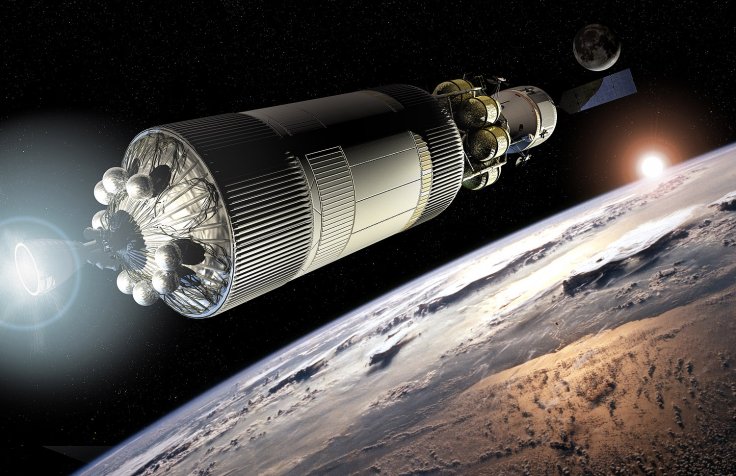
We all know how Neil Armstrong had uttered, "that's one small step for a man, one giant leap for mankind" after he set foot on the moon as the first ever human being. Now, the humanity is getting prepared for its next "giant leap" in the form of stepping on the fourth planet in the solar system, Mars. Right now American space agency NASA is developing plans for a round trip to the red planet and also analyzing how the 3-year-long trip might affect a human body.
"To draw any conclusions about the cumulative effects of exposure to space, we need to observe more astronauts spending larger amounts of time in the space environment," stated John Charles, who is a part of NASA's Human Research Programme.
Since a trip to Mars and then coming back to the earth would take more or less three years, scientists need more tests on the matter to comprehend that how such a long-standing space experience will affect bodies and brains of the astronauts. Usually, a typical round-trip to the International Space Station (ISS) takes just about six months.
Along with all the previous and ongoing test results, the findings from the new research would help the scientists to devise a more efficient and secure way of travelling to several destinations in space. Prolonged space journeys are capable of affecting a human's health in a negative way. From all the new studies, the American space agency believes that their scientists will be able to identify, recognize, avoid, treat and also heal such severe health issues.
"Scientists can use the information to predict physical and behavioural health trends," added Charles.
NASA scientists are going to submit their proposals on the same by January 4, 2018. The space agency expects that by the summer of 2018 they will be able to shortlist at least 15 to 18 proposals for funding. They will all have a time frame of maximum seven years. According to the NASA the scientists, who are preparing to submit the proposals, should keep in mind that their programme will need to include 30 astronauts; among which, 10 will be considered for short-term missions (around two months), 10 will be a part of a six-month-long mission, and the rest of the 10 astronauts will be considered for a year-long space mission.
Also Read: Expedition 54 crew aboard International Space Station finally watched Star Wars: The Last Jedi
NASA is aiming to tackle these probable hazards that might occur from human space journey: separation and confinement, space radiation, aggressive or congested environments, lack of gravity fields or the surplus of it.









